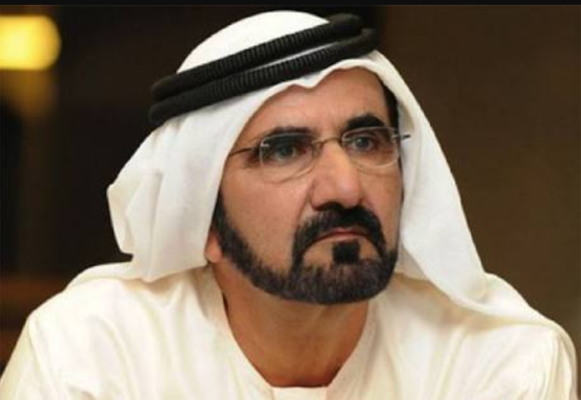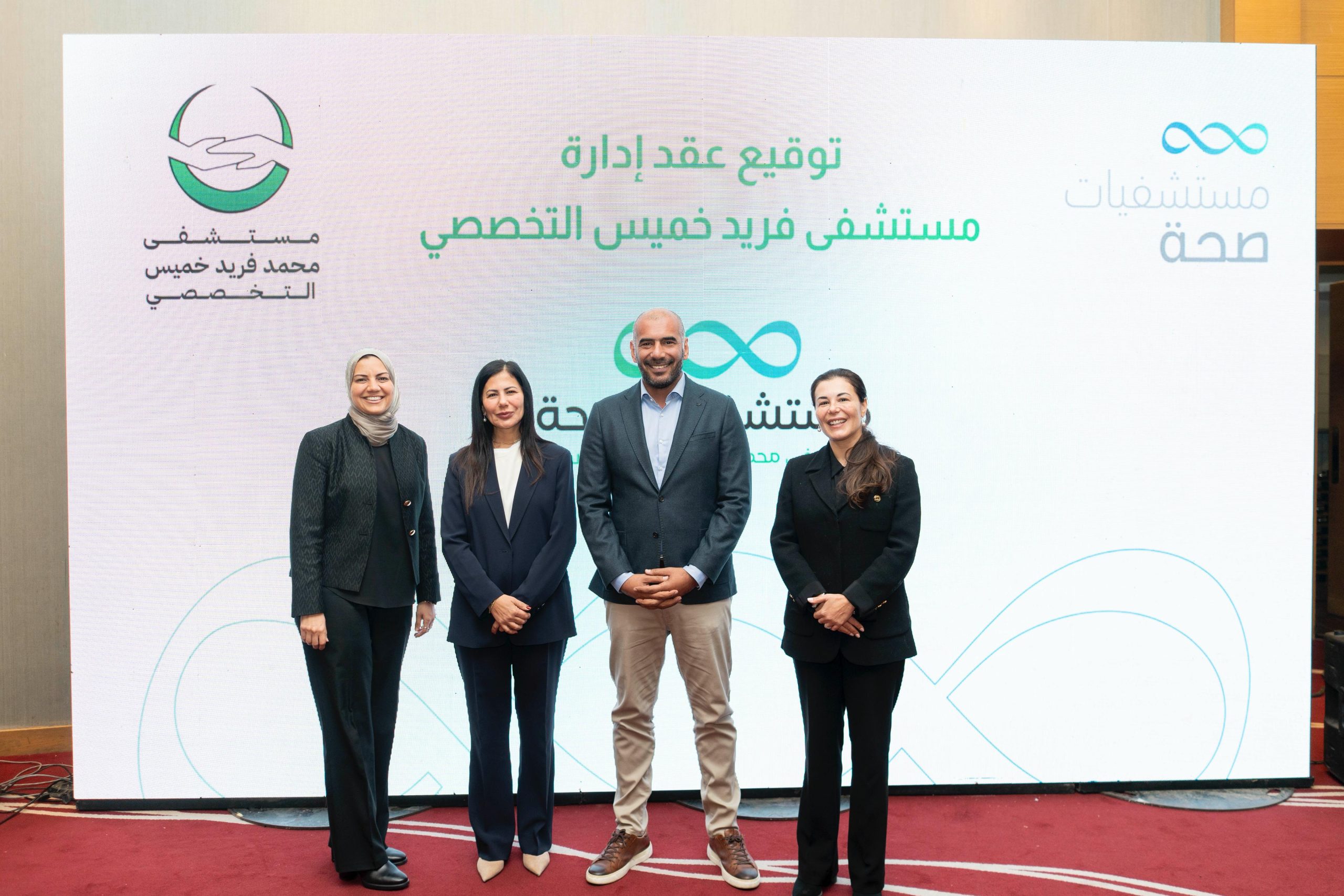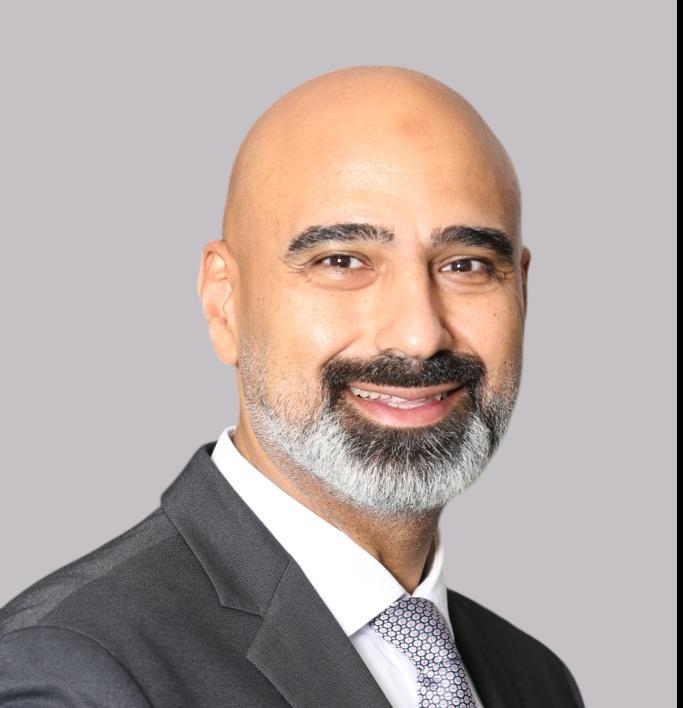Dubai – (Masaader News)
A study of mixed refugee and migrant flows by UNHCR, the UN Refugee Agency, has found that around half of those travelling to Libya do so believing they can find jobs there, but end up fleeing onwards to Europe to escape life-threatening insecurity, instability, difficult economic conditions plus widespread exploitation and abuse.
Foreign nationals going to Libya are part of mixed migration flows, meaning that people with different backgrounds and motivations travel together along the same routes, often with the help of ruthless people smugglers and criminal gangs. They include refugees, asylum seekers, economic migrants, unaccompanied minors, environmental migrants, victims of trafficking and stranded migrants, among others.
In recent years, the number of people crossing by sea from North Africa to southern Europe has increased. The indications are that this trend is likely to continue. Of the three main routes used by refugees and migrants to reach Europe – the Western Mediterranean route, the Central Mediterranean route and the Eastern Mediterranean route– Libya has become the most commonly used one, and also the deadliest.
The study commissioned by UNHCR found that the profiles and nationalities of people arriving in Libya have been evolving over the past few years, with a marked decrease in those originating in East Africa and an increase in those from West Africa, who now represent well over half of all arrivals to Europe through the Central Mediterranean route from Libya to Italy (over 100,000 arrivals in 2016).
According to the study, refugees and migrants in Libya are predominantly young men (80%), aged 22 on average and travelling alone (72%). Women tend to transit towards Europe over a short period of time and many of them, particularly those from West and Central Africa, are victims of trafficking. The number of unaccompanied and separated children travelling alone is rising, and now represents some 14% of all arrivals in Europe via the Central Mediterranean route. These children come mainly from Eritrea, The Gambia and Nigeria.
Refugees and migrants in Libya tend to have a low level of education, with 49% having little or no formal education and only 16% having received vocational training or higher education. They come from diverse backgrounds but can be grouped into four different categories:
Nationals of neighbouring countries (Niger, Chad, Sudan, Egypt and Tunisia). Most of them report travelling to Libya for economic reasons, and many engage in seasonal, circular or repetitive migrations.
Nationals of West and Central Africa countries : mainly from Nigeria, Guinea, Côte d’Ivoire, The Gambia, Senegal, Ghana, Mali and Cameroon. They report having left largely for economic reasons. Some are victims of trafficking, in particular Nigerian and Cameroonian women, and some might be in need of international protection.
Nationals of Eastern Africa countries: from Eritrea, Somalia, Ethiopia and Sudan. They reported making the journey for a range of reasons, including political persecution, conflict and poverty in their countries of origin.
Individuals from other regions: Syrians, Palestinians, Iraqis, Moroccans, Bangladeshis and others. Some flee conflict and violence while others are looking for livelihood opportunities.
The study examined the changing dynamics and protection challenges affecting mixed migration flows to and within Libya and the evolution of migration trends, smuggling networks and routes. It also mapped out refugee and migrant communities, focusing on the situation in the south of the country.
In addition to Libya’s strategic location, the conflict and instability in the country have contributed to create an environment where human smuggling and criminal networks flourish. At the same time, the collapse of the justice system and reigning impunity have led many armed groups, criminal gangs and individuals to participate in the exploitation and abuse of refugees and migrants.
The study was commissioned by UNHCR and done by Altai Consulting, a specialised consulting firm that focuses on research, monitoring and evaluation in fragile states; together with IMPACT Initiatives, a Geneva-based think-tank that assesses, monitors and evaluates aid programmes. The report’s findings are primarily based on qualitative data – including interviews with refugees and migrants – collected in Libya, Algeria, Chad, Italy, Niger and Tunisia, between October and December 2016.
UNHCR is seeking to expand its activities in Libya to meet the increased humanitarian and protection needs of refugees, asylum seekers and Libyans affected by the ongoing conflict. It recently issued a funding appeal for US$75.5 million to strengthen protection monitoring and interventions in Libya, as well as advocacy on issues related to respect for human rights, access to basic services, asylum procedures and freedom of movement. UNHCR is also multiplying efforts in Libya and the neighbouring countries to provide credible alternatives, find durable solutions and establish legal pathways for refugees and asylum seekers, as an alternative to dangerous trips to Libya or over the Central Mediterranean Sea to Europe.
Focus Keywords
#Dubai Masaader News #UNHCR #Libya #Europe #Refugee Masaader News










